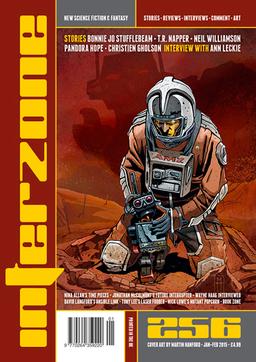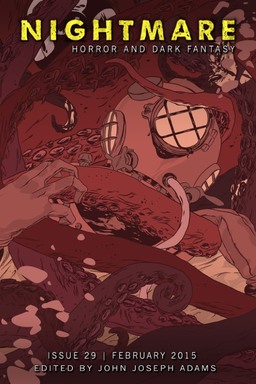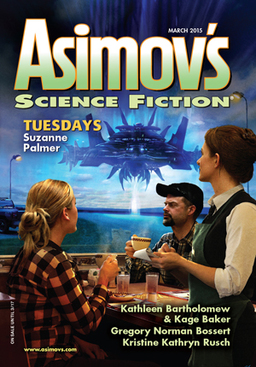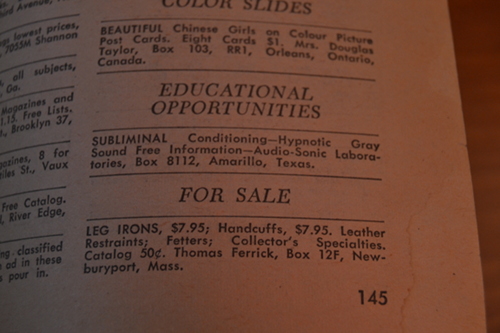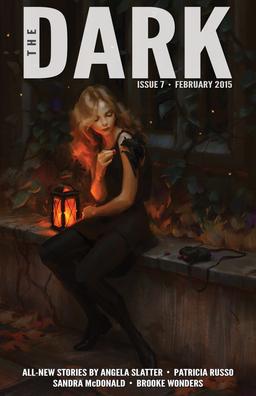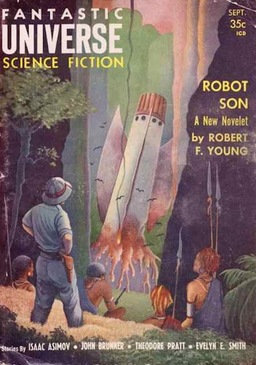Weirdbook Relaunches
 W. Paul Ganley’s Weirdbook, one of the all-time great weird fiction magazines, will be relaunched this year by David A. Riley and Black Gate blogger Douglas Draa.
W. Paul Ganley’s Weirdbook, one of the all-time great weird fiction magazines, will be relaunched this year by David A. Riley and Black Gate blogger Douglas Draa.
Weirdbook, a large-sized magazine with excellent production values, produced thirty annual issues between 1968 and 1997, publishing fiction by Stephen King, Joseph Payne Brennan, H. Warner Munn, Robert E. Howard, Tim Powers, Darrell Schweitzer, Basil Wells, Charles R. Saunders, Michael Bishop, Jessica Amanda Salmonson, Ramsey Campbell, Delia Sherman, and countless others. The magazine was also famous for its gorgeous interior artwork by Gene Day, Victoria Poyser, J. K. Potter, Allen Koszowski, Stephen E. Fabian, and many others.
Douglas Draa, a prolific blogger and the former Online Editor for Weird Tales, is the Managing Editor and Fiction editor; Riley has signed on as Senior Editor and Publisher. When I asked Doug for additional details he shared this with us:
We’ll closely, but not slavishly, follow the original format. Content wise we hope to have a strong mix of weird, horror, weird-sf, dark fantasy, swords & sorcery, and everything in between. The accent will be on strong story telling that the reader will enjoy. The eclectic mix of style and sub-genres that the original was famous will be our “leitfaden.” Paul is on board as Editor Emeritus with “kill-switch” powers to keep us on the straight and narrow.
Our goal is to bring the reader high quality genre fiction original in the Weirdbook tradition. The key word will be entertainment. Critics be damned.
On a personal note, W. Paul Ganley and Weirdbook were a big influence on me, and a major inspiration for Black Gate. I was consciously following in Paul’s footsteps when I launched BG 15 years ago, and I’m very excited to see his magazine return. For more details, see Doug’s announcement here, and the magazines’s new website here.

